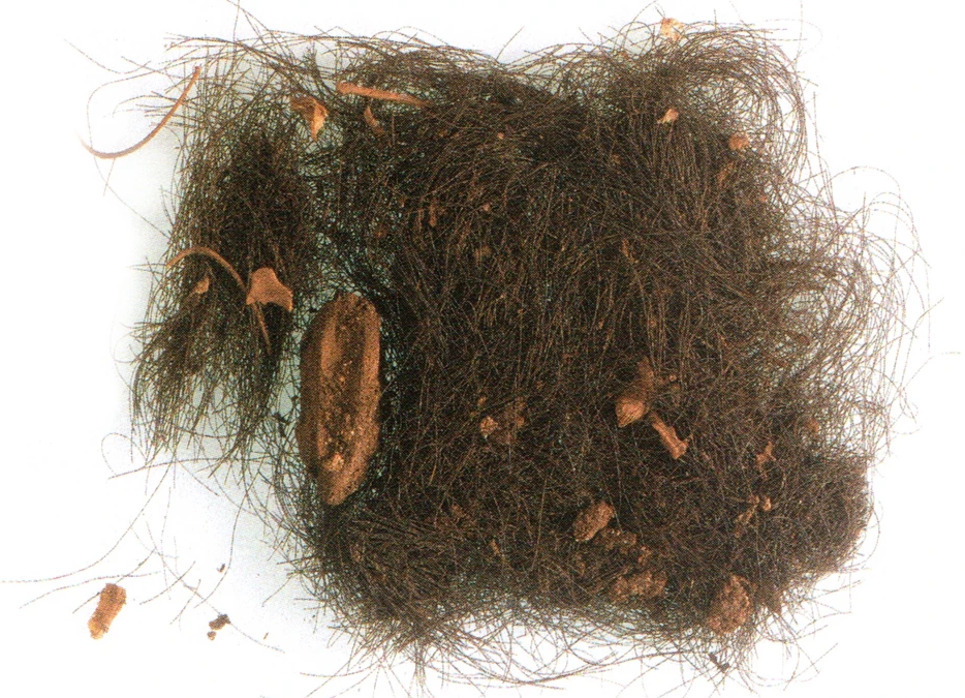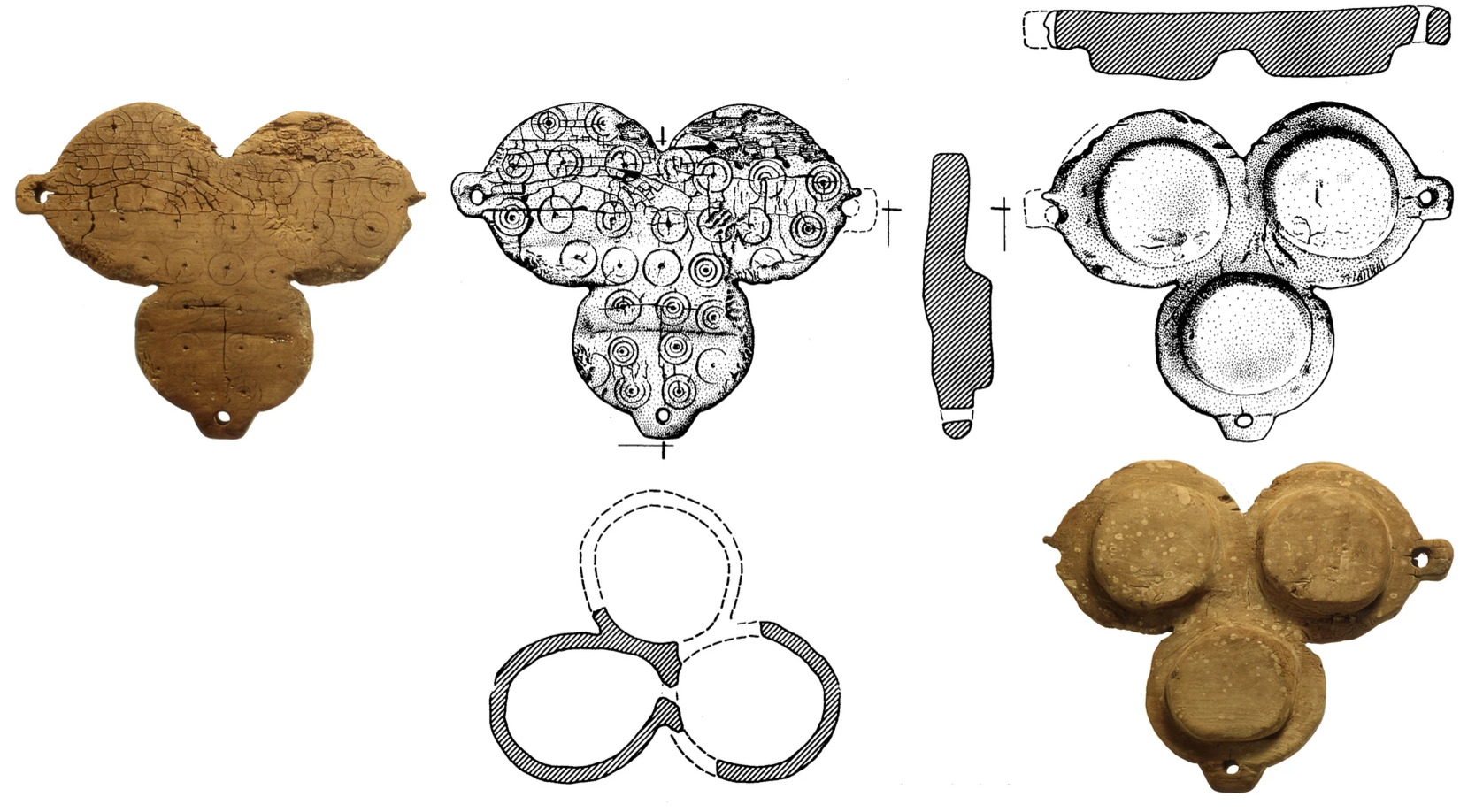
A group of experts has discovered proof that people during the Bronze Age used drugs in their ceremonies.
By examining hair strands from a burial location in Menorca, Spain, researchers have learned that our ancestors took hallucinogenic drugs derived from plants.
This new information presents the initial clear evidence of drug use in ancient Europe. These drugs may have been an important part of their traditional events and practices, according to the researchers.
The scientists identified three specific substances, scopolamine, ephedrine, and atropine, in three separate hair samples that they replicated.
The researchers noted that due to the dangerous nature of the alkaloids found in the hair, using and handling these substances required specialized knowledge and expertise.
Post-mortem ritual during the bronze age
Archaeological evidence from several burial sites in Menorca, including the Cova des Pas, the Calescoves cemetery, Biniedrís cave, and the naveta of Es Tudons, suggests that a unique post-mortem ritual was practiced for about 300 years before these tombs were finally used between ca. 1100 and 800 BC.
This ritual involved treating the hair of deceased individuals. After their bodies were placed in the tombs, certain strands of hair were intentionally dyed or anointed with red color.
It’s possible that the dye used was a pigment made from hematite-rich ochre, as seen in the Biniedrís cave, or extracts from plants like wild madder or Balearic box, both of which have been found in the archaeobotanical funerary record of the Es Càrritx cave, mentioned in the study.
Drugs used by ‘Shamans’
The scientists noted that using these alkaloid plants required specialized knowledge because they could be toxic if not handled properly. This knowledge was typically held by shamans who used the plants for their effects and were capable of controlling any side effects through a trance-like state.
The researchers suggest that the presence of these psychoactive substances was due to the consumption of nightshade plants like mandrake, henbane, thorn apple, and joint pine, which may have been used in ritual ceremonies led by a shaman.
The connection between patterns and container lids

A fascinating connection can be made between the patterns on the lids of the tubes discovered in the Es Càrritx cave, according to the study. These patterns resemble concentric circles, and some people believe they represent eyes.
Scholars have suggested that these eye-like circles symbolize a person’s inner vision and can be linked to altered states of consciousness experienced while under the influence of hallucinogens. Hair samples from the cave showed that these tubes contained substances that cause pupils to dilate, which supports this idea.
A recent discovery of two Late Pre-Columbian ceramic containers in the Central Arkansas River Valley also confirms this interpretation. These containers, which tested positive for atropine, were adorned with spiral designs similar to the ones found in the cave.
See all the latest news from Greece and the world at Greekreporter.com. Contact our newsroom to report an update or send your story, photos and videos. Follow GR on Google News and subscribe here to our daily email!



